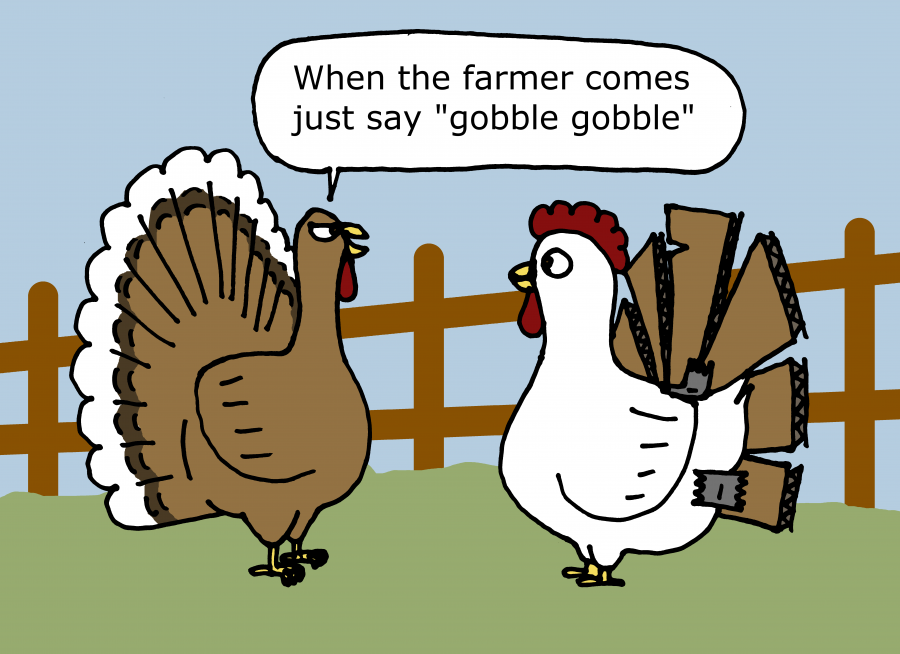Most students think they know the story of Thanksgiving. It goes something like this: A small group of Puritan separatists from England settled in Plymouth in 1620. Faced with a harsh winter, they struggled to put food on the table in their new surroundings. In March of the following year, the Pilgrims signed a peace treaty with a local native tribe — the Wampanoag — and in return their chief taught the colonists how to farm, fish and provide for themselves. At the end of that year’s harvest, a small group of Pilgrims and Wampanoag natives joined together to celebrate the bountiful harvest. Picture tons of food — corn, foul, barley, squash, fish — fall colors and a festive atmosphere
While this idyllic tale does seem to be true — a group of pilgrims did celebrate the harvest with native Americans — this event was neither recurring in nature nor officially declared a day of thanks.
Rather, the first official Thanksgiving occurred over a decade later, and it celebrated something much more grim. In 1637, Massachusetts Bay Governor William Bradford designated a “day of thanksgiving” celebrating the Pequot massacre — the Pilgrims’ victory against the Pequot Indians.
As the Puritans were spreading further into Connecticut, they came into conflict with a warlike tribe, the Pequots, living on the Thames River. By spring 1637, small skirmishes had occurred between the Pilgrims and the Pequots. As a result, the Massachusetts Bay Governor organized a large military effort to retaliate against the attacks. On May 26, 1637, two hours before dawn, the Puritans and Indian allies marched on the Pequot village. Just before dawn, they attacked. But facing resistance, the Puritans changed their strategy. Instead of conquering the village, they decided to burn it. The men lit over 80 huts on fire and shot those who tried to escape, resulting in the brutal massacre of over 500 Pequot men, women and children. Survivors were sold into slavery.
What does this mean for Thanksgiving today? No doubt, when President Abraham Lincoln announced that the nation would celebrate an official Thanksgiving holiday in 1863 to celebrate the Union Army’s pivotal Gettysburg victory, he had noble intentions. A nation torn by war needed a day to reflect and connect with one another. Even today, over 150 years later, a day of reflection is a much-needed break from our busy lives, crazy semesters and all-consuming jobs. But amid the food, the shopping and the football, let’s take a moment to remember the complicated history of the holiday and mourn the brutality of the Pequot massacre.
Malik is a Plan II, business honors and finance junior from Austin.





















